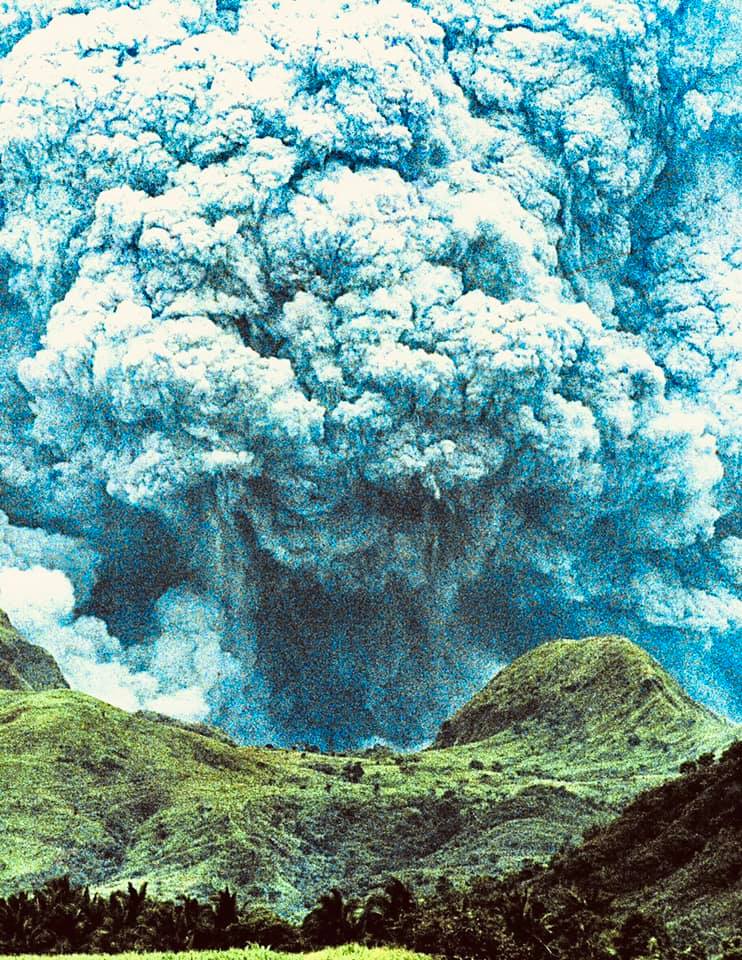“I was with fellow journalists at Shanghai Restaurant when the first eruption happened on June 12. We jumped into an owner-type jeep and headed for Capas. We crossed the O’Donnell River, drove past Sta. Juliana until we reached a plateau which was probably just a kilometer away from the crater. We waited with our cameras for another eruption, but it was already close to nightfall and none seemed forthcoming.
“As we stood there, Boy Sagad of People’s Journal pointed to the dead trees around us and said, “If the eruption this morning killed those trees, we could suffer the same fate!” Yet because we were young and reckless and smelled a potential scoop, we decided to stay.

“Then as soon as it got dark it began to rain. It scared us because the water was warm and dirty, so we ran to the vehicle and drove away. By the time we reached Sta. Juliana, it had become pitch-dark, and we only had the vehicle’s headlights and the occasional lightning to guide us.
“We didn’t realize at the time that the hot pyroclastic materials that the morning’s eruption had deposited on the slopes were being remobilized by the rain and were about to flood the riverbed where we were. Sure enough, our jeep had barely reached higher ground when the first of Pinatubo’s lahars carrying boulders and fallen logs swept everything in its path.
“We spent the night huddled inside the jeep. Lightning and thunder and the pouring rain, and the fear that the lahars might reach us, kept us awake all night.
“In the morning the river was still swollen, so we abandoned the jeep and crossed the waist-deep water. We were exhausted when we got to the other side, which was the Crow Valley.
“Then Pinatubo erupted again and to our horror, the eruption cloud was rapidly cauliflowering towards us. As we ran for our lives, Boy cried out, “This is it! We’re all going to die!” We were certain we would be suffocated by the ash fall. But miraculously, the wind blew the ash cloud in the opposite direction, towards Zambales.”
Photo: FFE Magazine